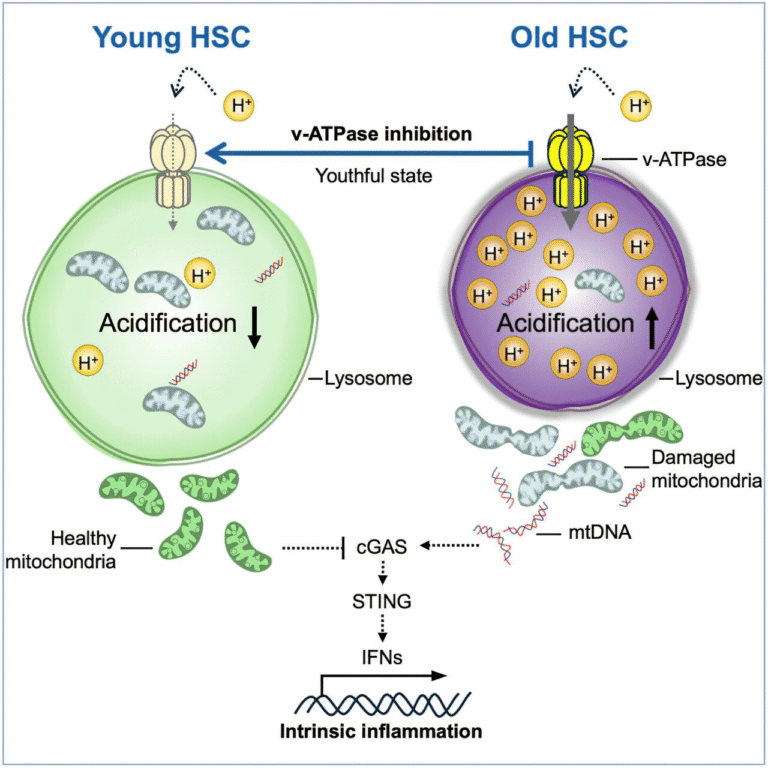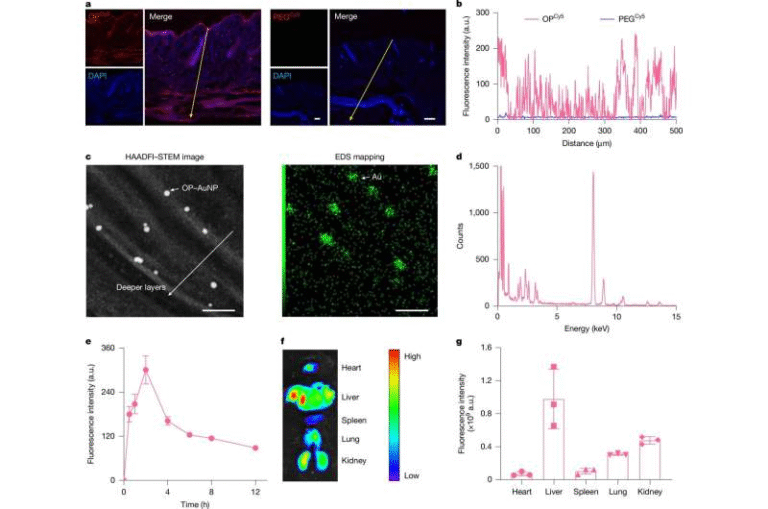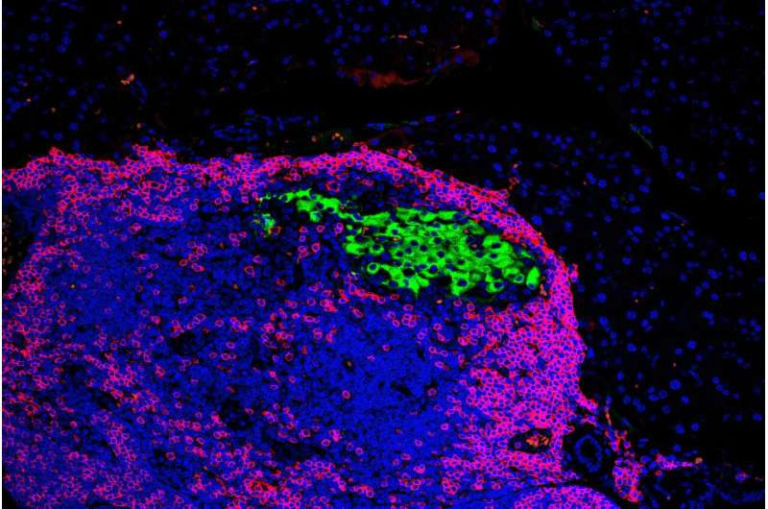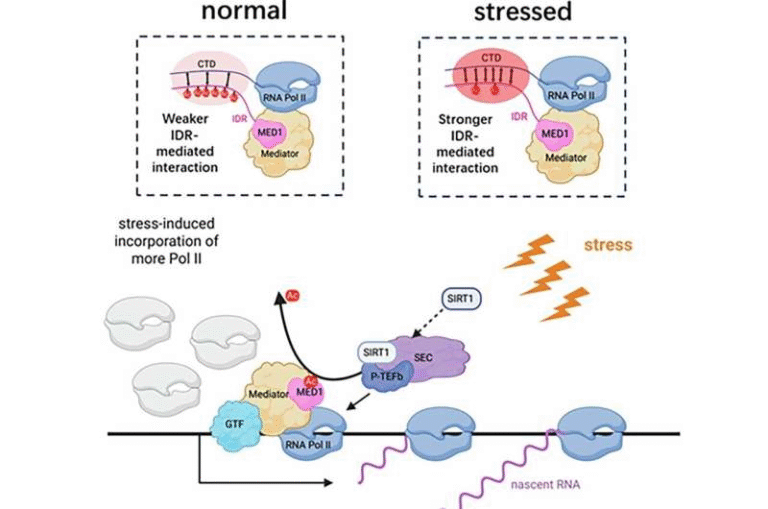The Dangerous Rise of Nitazenes: Synthetic Opioids More Powerful Than Fentanyl

A new concern is emerging in the already severe opioid crisis: nitazenes, a family of synthetic opioids that are far stronger than fentanyl.
Researchers from Vanderbilt University Medical Center and the University of Pittsburgh Medical Center recently reviewed the growing threat these drugs pose, warning of their presence in the illicit drug supply and the challenges they create for both detection and treatment.
What Exactly Are Nitazenes?
Nitazenes are synthetic opioids first created in the 1950s. They were originally developed as potential painkillers but were never approved for medical use in humans. The reason is simple: their potency and side effects made them too dangerous for safe therapeutic use. Despite being shelved for decades, these compounds have resurfaced in recent years as illegal street drugs.
In terms of strength, nitazenes are shocking. They are estimated to be 20 times stronger than fentanyl and hundreds to thousands of times stronger than morphine. This extraordinary potency makes them particularly deadly because even the tiniest amount can lead to overdose.

How Nitazenes Appear in the Drug Market
Nitazenes do not come in just one form. They are found as pills, powders, and liquids, making them versatile for illicit distribution. Since 2019, forensic labs and public health agencies have increasingly identified nitazenes in counterfeit pills and other illegal drugs. Alarmingly, they are often sold through social media platforms in addition to traditional street networks.
One of the biggest dangers is that people often have no idea they are consuming nitazenes. They are frequently mixed into counterfeit opioids, fentanyl products, or even stimulants like methamphetamine. This makes them a hidden threat that most users never knowingly choose.
Why Nitazenes Are Hard to Detect
Unlike drugs such as heroin or fentanyl, nitazenes are not reliably detected by standard toxicology screenings. This creates a major blind spot for healthcare providers. When someone overdoses, clinicians may miss the true cause because the drugs don’t appear on routine tests.
Even when nitazenes are suspected, treating an overdose is not straightforward. Standard doses of naloxone, the medication used to reverse opioid overdoses, may not always work. In many cases, larger or repeated doses of naloxone are required to save a patient’s life. This makes rapid recognition and treatment even more challenging.
Rising Overdose Deaths Linked to Nitazenes
Data collected in Tennessee highlights the growing danger of nitazenes. Between 2019 and 2023, the Tennessee State Unintentional Drug Overdose Reporting System documented 92 fatal overdoses involving these drugs.
What makes these cases even more concerning is that in only one-third of instances naloxone was administered. Moreover, every single case involved nitazenes mixed with other substances, most commonly fentanyl and methamphetamine.
This paints a troubling picture: not only are nitazenes deadly on their own, but they are almost always part of a toxic cocktail of drugs, multiplying the risk for users.
Why Clinicians and Public Health Experts Are Alarmed
For doctors and public health officials, nitazenes represent more than a drug trend. They are considered a public health emergency. Because they evade routine testing and often require aggressive intervention during overdoses, they pose a serious challenge to emergency medicine.
Experts stress the need for better detection tools, such as test strips designed to identify nitazenes. They also recommend that at-risk individuals have access to take-home naloxone kits and be educated about the risks of counterfeit pills.
Community-level collaboration is also essential. Addressing this crisis will require coordinated action between clinicians, public health systems, law enforcement, and community organizations to implement harm-reduction strategies, expand access to addiction treatment, and increase public awareness.
Next Steps in Research and Awareness
Researchers emphasize the importance of generating human clinical data to better understand nitazenes. Because these drugs were never used in medicine, little is known about their long-term health effects, metabolism, or response to treatments like naloxone.
Physicians, especially those working in pain medicine and anesthesiology, need more training and awareness about nitazenes. A thorough understanding of their mechanisms and risks is critical as the opioid crisis continues to evolve.
A Wider Look: How Nitazenes Spread Globally
While Tennessee’s data provides clear examples, nitazenes are not limited to one state or country. According to international drug monitoring groups, nitazenes have been identified in multiple regions, including North America, Europe, and parts of Asia.
In the United States, states like Ohio and Florida have also reported increasing nitazene-related overdoses. In Europe, countries such as the UK, Germany, and Sweden have detected these substances in toxicology reports and drug seizures.
The United Nations Office on Drugs and Crime (UNODC) has also documented their presence in at least 19 countries by 2022, up from just 8 in 2019. This rapid spread highlights how quickly new synthetic drugs can infiltrate the global market.
Why They’re So Hard to Track
One key reason nitazenes are underreported is that forensic labs often don’t test for them. Smaller labs lack the resources to run advanced toxicology screens. This means that many nitazene-involved overdoses may be recorded as generic opioid deaths, underestimating their true impact.
In Tennessee, one forensic center was able to identify nitazene deaths by sending samples to the U.S. Drug Enforcement Administration (DEA) for testing. Without these partnerships, many nitazene cases would remain hidden.
Harm Reduction and Practical Solutions
Experts recommend several urgent steps to reduce the risks of nitazenes:
- Expand access to testing – New drug test strips capable of detecting nitazenes should be made available.
- Increase naloxone distribution – Since higher doses may be required, ensuring widespread access is critical.
- Public education – People must know that counterfeit pills may contain nitazenes even if they appear safe.
- Support treatment programs – Expanding access to addiction treatment is essential in reducing dependence on street drugs.
- International monitoring – Given the global spread, agencies must share data quickly to track emerging trends.
A Quick Comparison: Nitazenes vs. Fentanyl
To understand the scale of danger, it helps to compare nitazenes directly to fentanyl:
- Fentanyl: 50–100 times stronger than morphine.
- Nitazenes: 20 times stronger than fentanyl, meaning up to 2,000 times stronger than morphine depending on the analog.
- Detectability: Fentanyl can usually be detected by routine screens; nitazenes often cannot.
- Treatment: Naloxone is effective for both, but nitazenes often require larger or repeated doses.
This comparison shows why experts are so alarmed: nitazenes essentially represent the next, deadlier stage of the opioid epidemic.
Why Everyone Should Pay Attention
You don’t need to be a doctor, policymaker, or even directly affected by drug use to care about nitazenes. These substances are infiltrating communities in hidden ways, often mixed into counterfeit pills that look like legitimate prescription medications. This makes them a risk not just for people with opioid use disorder, but for anyone who buys pills outside of regulated medical channels.
As researchers have pointed out, this is not just a drug problem—it’s a public health crisis that requires urgent action. From better testing to more accessible naloxone, every step taken now could prevent more unnecessary deaths.
Final Thoughts
Nitazenes are a stark reminder of how the opioid crisis continues to evolve. Just as fentanyl once took center stage as the most dangerous synthetic opioid, nitazenes may now be taking its place as an even more potent and elusive threat.
The medical community, policymakers, and the public must recognize the seriousness of this development. Awareness, prevention, and coordinated action will be the most powerful tools in addressing the growing nitazene problem before it spirals further out of control.
Research Reference: Nitazenes: Are Pain Physicians Aware of the Risks? – Pain Medicine, 14 September 2025





